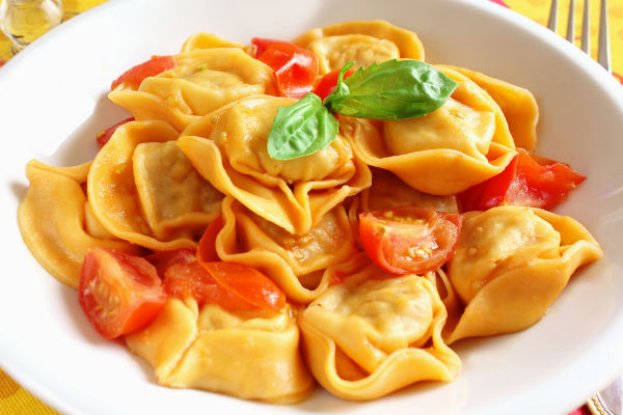Jodee
Well-Known Member
- Relationship to Diabetes
- Type 2
Resistant starch can be a beneficial part of a diabetes-friendly diet, potentially improving insulin sensitivity and reducing post-meal blood sugar spikes, checking after watching the following video :-

 www.facebook.com
www.facebook.com
I guess good for when you want a smoothie or to have on hot summer days cooling as is frozen mandarin segments.
I would think dipped into melted chocolate will make for an instant coating straight from the freezer for the feeling indulgent treats 😛
I'm incorrigible I know

80K views · 3.7K reactions | Great Things Happen When Freezing Your Banana! #drmandell #health #banana | Motivationaldoc
Great Things Happen When Freezing Your Banana! #drmandell #health #banana.
 www.facebook.com
www.facebook.com
I guess good for when you want a smoothie or to have on hot summer days cooling as is frozen mandarin segments.
I would think dipped into melted chocolate will make for an instant coating straight from the freezer for the feeling indulgent treats 😛
I'm incorrigible I know


